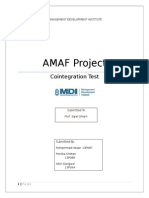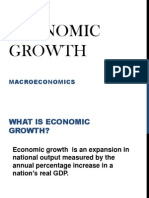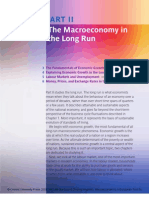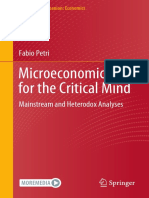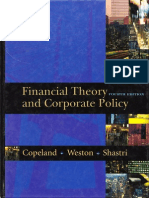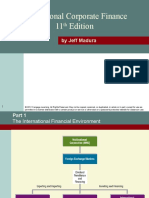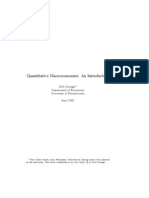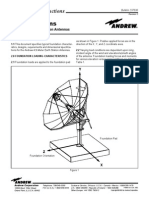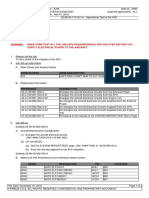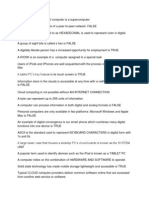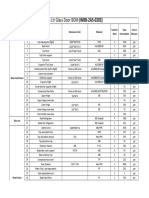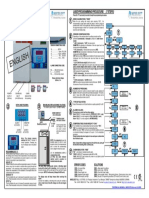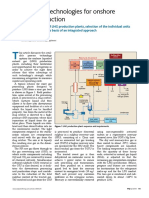0% found this document useful (0 votes)
274 views83 pagesSolow Growth Model Explained
The document summarizes the Solow growth model. It describes the model's key assumptions including constant returns to scale and diminishing marginal productivity of capital. It shows how output, consumption, and investment per worker are determined in the model. The steady state occurs when investment equals depreciation. The golden rule saving rate maximizes steady state consumption by balancing higher capital and output with a lower consumption share.
Uploaded by
Anita RoosmawarniCopyright
© © All Rights Reserved
We take content rights seriously. If you suspect this is your content, claim it here.
Available Formats
Download as PPTX, PDF, TXT or read online on Scribd
0% found this document useful (0 votes)
274 views83 pagesSolow Growth Model Explained
The document summarizes the Solow growth model. It describes the model's key assumptions including constant returns to scale and diminishing marginal productivity of capital. It shows how output, consumption, and investment per worker are determined in the model. The steady state occurs when investment equals depreciation. The golden rule saving rate maximizes steady state consumption by balancing higher capital and output with a lower consumption share.
Uploaded by
Anita RoosmawarniCopyright
© © All Rights Reserved
We take content rights seriously. If you suspect this is your content, claim it here.
Available Formats
Download as PPTX, PDF, TXT or read online on Scribd
/ 83


